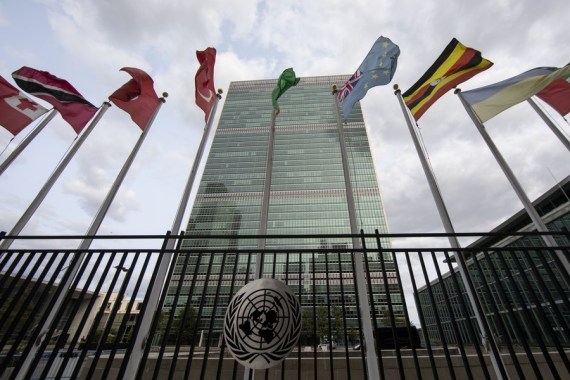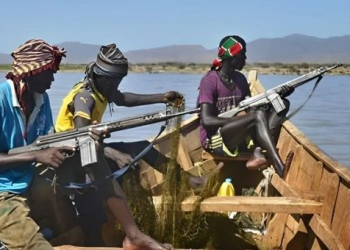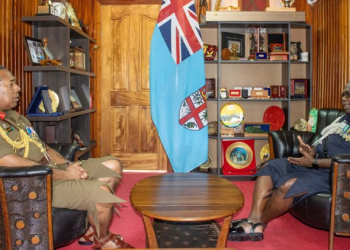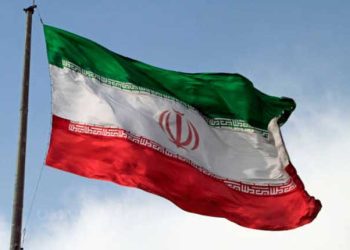New Delhi: Average progress on SDGs in the Asia-Pacific region disproportionately excludes some groups with distinct demographic and socioeconomic characteristics and the need to reach those who are furthest behind has never been greater, reveals a new report by the UN released on Thursday.
The progress on the 17 SDGs have tremendously slowed down and with each passing year, the goals are moving further out of reach for the region. At its current pace, Asia and the Pacific is now only expected to achieve the SDGs by 2065 – more than three and a half decades behind the original goalpost, it said.
The 2022 Asia and the Pacific Sustainable Development Goals Progress Report, released by the United Nations Economic and Social Commission for Asia and the Pacific (ESCAP), finds that those furthest behind, including women, persons with disabilities, rural populations and poorer households, are also facing increased vulnerabilities.
For many vulnerable populations, food security, education and livelihoods have also deteriorated during the pandemic.
“A better understanding of development outcomes for distinct population groups and intersecting vulnerabilities is key to a fairer recovery. The Sustainable Development Goals (SDGs) cannot be achieved without protecting the most vulnerable, many of whom have been particularly affected by the pandemic,” said United Nations Under Secretary General and ESCAP Executive Secretary, Armida Salsiah Alisjahbana.
The challenges of achieving the SDGs in the region have been magnified in recent years by an increase in the frequency and intensity of human made crises and natural disasters, as well as the challenges of responding to the Covid-19 pandemic, a release said.
Although the climate crisis has become more acute, alarmingly, the region has regressed on responsible consumption and production (Goal 12) and climate action (Goal 13). While headway has been made on some of the targets dealing with industry, innovation, and infrastructure (Goal 9) and affordable and clean energy (Goal 7), they still fall short of the pace required to meet the 2030 Agenda.
Across the region, progress has been very slow or even stagnant on quality education (Goal 4), gender equality (Goal 5), clean water and sanitation (Goal 6), decent work and economic growth (Goal 8), sustainable cities and communities (Goal 11), and life below water (Goal 14).
However, amid the disturbing trends, the report also highlights some good news for the region. The number of SDG indicators with data available have doubled since 2017. Collaboration between national and international custodian agencies has significantly contributed to enhancing the availability of data. The report encourages countries to continue this cooperation to close the remaining gaps, as 57 of the 169 SDG targets still cannot be measured.
A flagship annual publication produced by ESCAP, in partnership with ten other UN agencies, the ‘Asia and the Pacific SDG Progress Report 2022: Widening Disparities Amid Covid-19’ uses the latest data for global SDG indicators to determine where additional effort is needed in the region and where momentum for future progress is building, the release added.
(IANS)



















